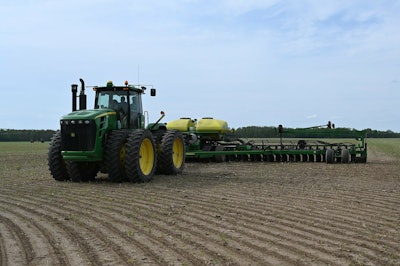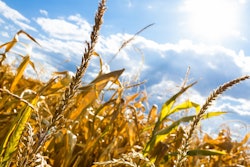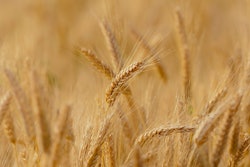
Landowners told the USDA they will take 1.7 million acres out of the long-term Conservation Reserve Program and put it back into crop production, betting on profits from sky-high commodity prices.
Successful Farming reports this year’s “general sign-up” for the reserve would also bring the smallest amount of land into the reserve since it was created in 1985.
The shift toward crop production complicates the Biden administration’s goal of relying on conservation lands.
"Our conservation programs are voluntary, and at the end of the day, producers are making market-based decisions as the program was designed to allow and encourages,” said Agriculture Secretary Tom Vilsack.
"For farmers who have decided to return all or a portion of their land into production agriculture, USDA will also be reaching out to ensure they understand and can take advantage of options to either prepare the land for production or transition it to beginning farmers.”
The USDA had aimed to expand the Conservation Reserve to this year’s cap of 25.5 million acres from its current 22.1 million acres.
Offers for new land under General CRP were considerably lower compared to last year’s numbers, with fewer than 400,000 acres being offered this year versus over 700,000 acres offered last year.
Conservation Reserve Program
Vilsack announced the USDA is accepting more than 2 million acres in offers from agricultural producers and landowners through the Conservation Reserve Program (CRP) General signup, the first of the program’s multiple signups occurring in 2022. With about 3.4 million acres expiring this year, Vilsack encourages producers and landowners to consider the Grassland and Continuous signups, both of which are currently open.
Through the Conservation Reserve Program, producers and landowners establish long-term, resource-conserving plant species, such as approved grasses or trees, to control soil erosion, improve soil health and water quality, and enhance wildlife habitat on agricultural land.
The lands enrolled in CRP contribute to climate change mitigation efforts across the country.
The three other types of CRP — Grassland, Continuous, and CREP — are still available for either working-lands or targeted, often smaller sub-field, offers.
Producers have submitted offers on nearly 260,000 acres through the Continuous and CREP signup so far this year. The Grassland signup – which last year had its highest participation ever – closes May 13, 2022.
Find more information on the CRP.

















